Liberation route Landerd
This route is located in the municipality of Landerd for the most part. Here, airports, crashed aircraft and Operation Market Garden play an important role in the stories and experiences of the residents.
Starting point: from your location
Show all 4 photos
This route is located in the municipality of Landerd for the most part. Here, airports, crashed aircraft and Operation Market Garden play an important role in the stories and experiences of the residents. An area that had a turbulent history at both the beginning and the end of the Second World War. From the Germans who bombarded the casemates in 1940, to the Allies who - with the help of heroic inhabitants - tried to hastily cross the area in 1944.
The Liberation Route Brabant tells the story of the liberation, but also shows what the Second World War was like for ordinary people who lived in Brabant at the time. Eight cycling routes, spread across North Brabant, lead you past the Brabant Remembers stories, the Liberation Route Europe audio columns, monuments and museums. Together they make the impact of the war on North Brabant clear, even all these years later.
-
Signposting Liberation Route Brabant
Follow the signs marked ‘Liberation Route’. These are located below the regular junction signs.

Signposting Liberation Route Brabant
Follow the signs marked ‘Liberation Route’. These are located below the regular junction signs.

-
Hotline routes
Hotline routesIf there is something wrong on the route, report it here.
Sights on this route
Memorial for Peace, Freedom and Responsibility
This monument in Schaijk, unveiled on 21 September 2008, was established by the Foundation Vier Vrijheid Schaijk.
Starting point:
schaijkNavigate to starting point
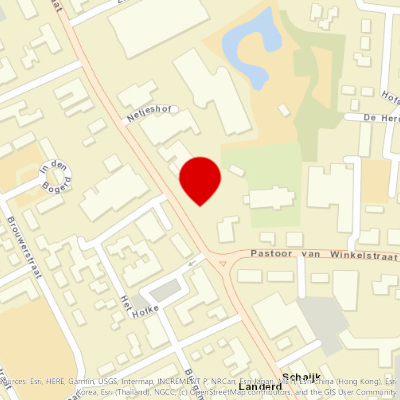
Memorial for Peace, Freedom and Responsibility
Memorial for Peace, Freedom and Responsibilityschaijk
Keent Airfield
Keent Airfield had been used by the army and navy for more than a decade before the Second World War. The airfield proved to be a good addition to Volkel air base for the Germans during the war.
Starting point:
Merriedel5371 MN Ravenstein

Silhouette of a Farmer’s Wife
A farmer’s wife sees a twin-engine British bomber flying low, followed by German night fighters. That does not bode well…
Starting point:
reek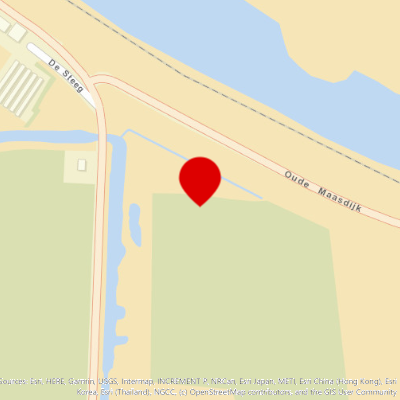
Marker Stone for the Amphibious Vehicle Accident
On 22 September 1944, a heavily loaded amphibious vehicle capsized while turning on the narrow Meuse dike.
Starting point:
reek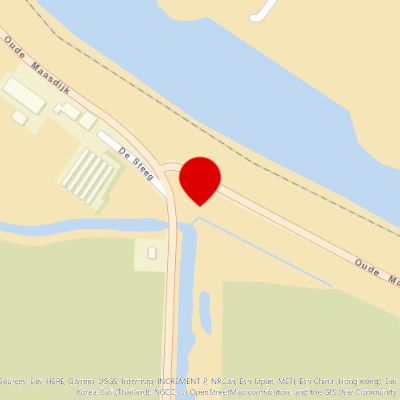
Marker Stone for the Amphibious Vehicle Accident
Marker Stone for the Amphibious Vehicle Accidentreek
An Angel on the Shoulder
Near Reek lives the fifteen-year-old seminarian Wim Boeijen. When he sees Allied troops at the Toll, he makes a life-threatening choice...
Starting point:
reek
Monument De Beschermengel
The liberation monument De Beschermengel (The Guardian Angel) reminds us of the turbulent times experienced during the liberation. Made by the artist Johan Claasen from Gemert, it portrays a guardian angel or a winged guardian spirit. The tall figure has
Starting point:
Monseigneur Borretstraat5375 AA Reek
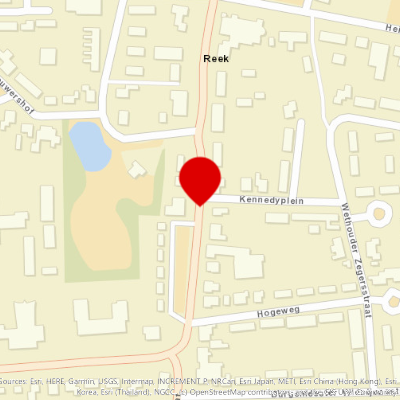
De kleine Elft
After the airborne landings of September 17, the inhabitants of Reek near Grave are awaiting the liberators.
Starting point:
CorridorwegReek

Silhouette of a Fifteen-Year-Old Boy
Full of expectation about the approaching liberation and drawn to the military columns, a fifteen-year-old boy goes with his father to the hotel-café De Kleine Elft.
Starting point:
reek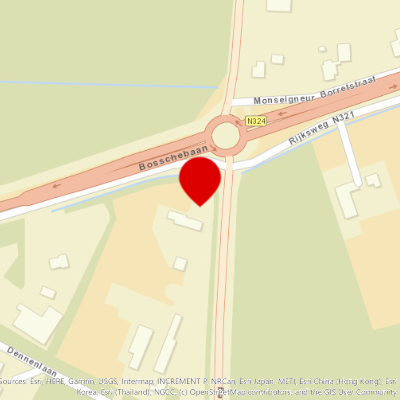
Facade Stone Expansion of Fliegerhorst Volkel
On 24 July 1941, the residents of several farms in Zeeland received a letter from the municipality, signed by Mayor Van Hesteren.
Starting point:
reek
War Graves of the Dakota Pilots
Chased by German fighter planes, Dakota KG579 sped across North Brabant on 21 September 1944 with its right engine in flames.
Starting point:
reek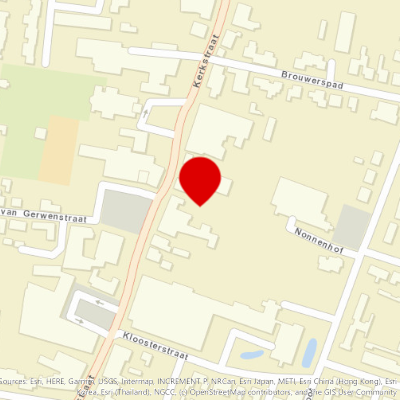
Dear Mrs. Webb
During Operation Market Garden, numerous air battles take place above the operations area and on the approach routes, during which planes are shot down and crash on Dutch territory.
Starting point:
KerkstraatZeeland

Bomb Crater in the Trentse Bossen woods
Volkel Air Base was an alternative base for German night-flying operations from Eindhoven and Gilze-Rijen. For this reason it was regularly hit by Allied bombing missions. But the damage was repairable, at least until the attacks prior to Operation Market
Starting point:
TrentsedijkZeeland
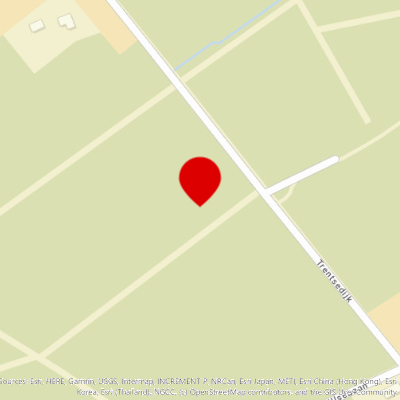
Silhouette of a Resident – “Duits Lijntje”
In May 1940, in the middle of the night, the resident was awakened by the screeching brakes on the railway track behind her house. Even though trains had already stopped running there in 1931.
Starting point:
oventje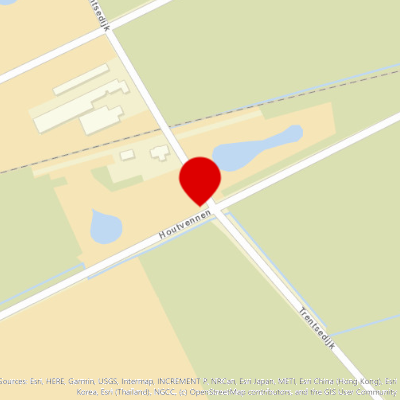
Air Base Volkel
The German occupiers began with the construction of the Nachtlandeplatz (night landing strip) Volkel here at the beginning of the Second World War. The Luftwaffe were to use the airfield as an alternative base for night-time operations. In 1943 it was ext
Starting point:
Zeelandsedijk 10A5408 SM Volkel
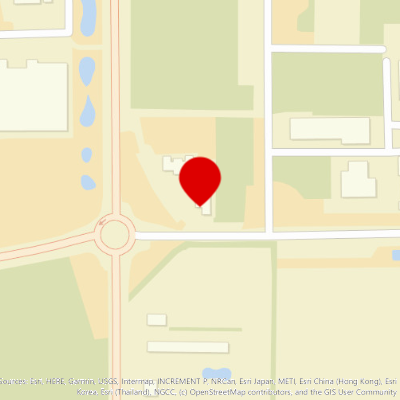
Silhouette of an English Navigator
During Operation Market Garden, the Royal Air Force tried to resupply the encircled Airborne Division.
Starting point:
oventje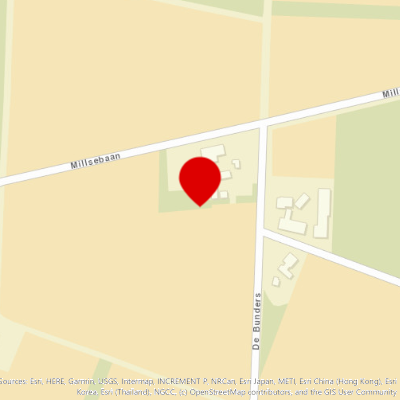
Marker Stone for the Crashed Dakota
After a supply flight on 21 September 1944, a British Dakota of the 48th RAF Squadron was on its way back to England.
Starting point:
oventje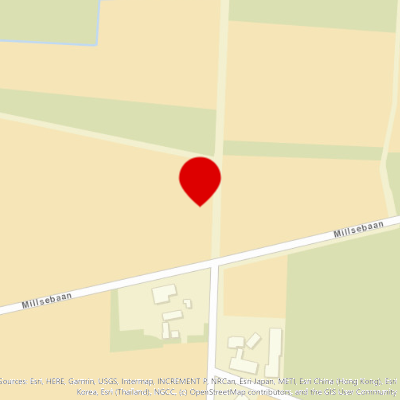
Marker Stone for the Crashed Messerschmitt
At this place, on 21 February 1945, a German Messerschmitt jet fighter crashed.
Starting point:
schaijk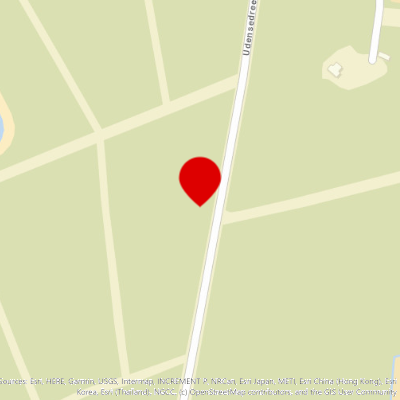
Charme Camping Hartje Groen & De Boshut
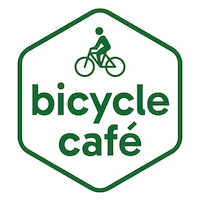
Nestled in the woods, in the heart of De Maashorst, the largest contiguous nature reserve in Brabant, is Charme Camping Hartje Groen & De Boshut.
Starting point:
Udensedreef 145374 RK Schaijk

Charme Camping Hartje Groen & De Boshut
Charme Camping Hartje Groen & De Boshut
Udensedreef 14
5374 RK Schaijk
Memorial for Peace, Freedom and Responsibility
This monument in Schaijk, unveiled on 21 September 2008, was established by the Foundation Vier Vrijheid Schaijk.
Starting point:
schaijkNavigate to endpoint

- 62
- 59
- 61
- 32
- 19
- 20
- 31
- 30
- 28
- 37
- 89
- 90
- 46
- 38
- 39
- 88
- 87
- 96
- 41
- 63
- 62
- 95
- 94
- 40
- 93
- 56
- 92
- 91
- 66
- 45
- 04
- 03
- 25
- 60






